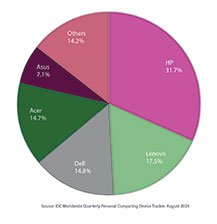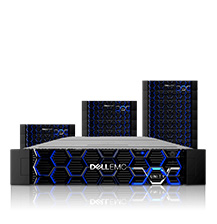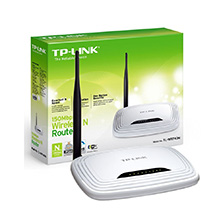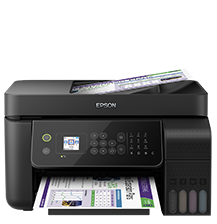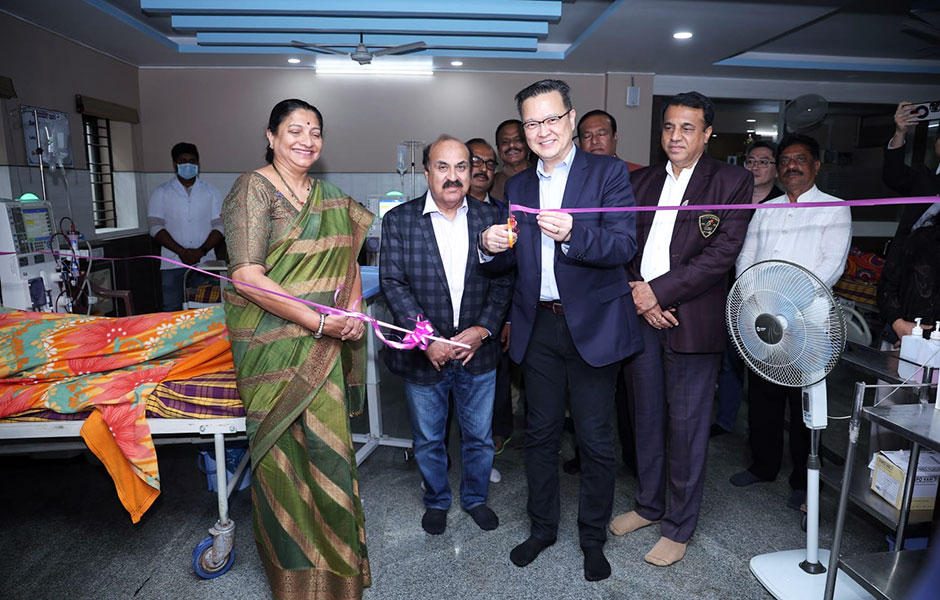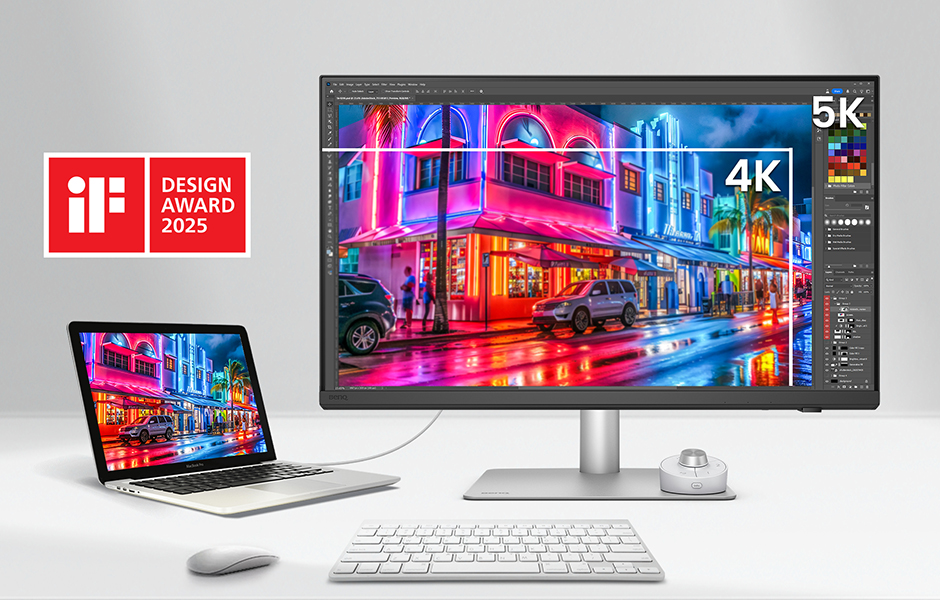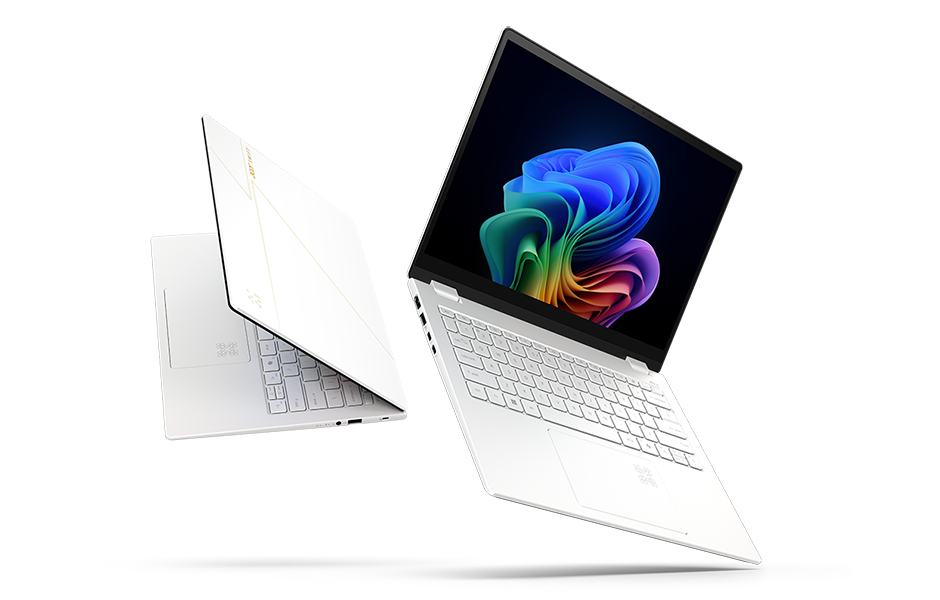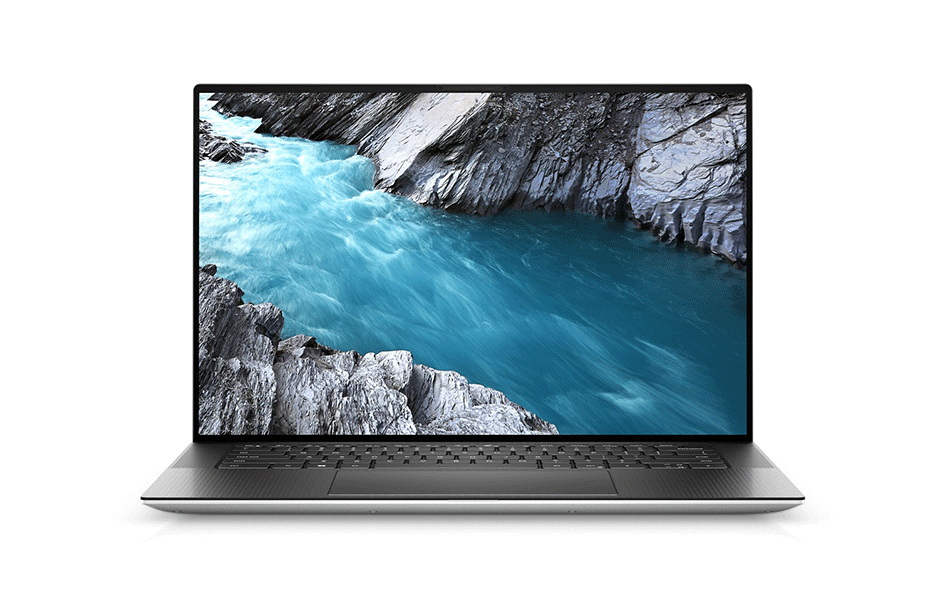
Online teaching & learning culture turns mainstream
Since time immemorial, education has closely been linked to the classroom learning processes. But the protracted COVID-19 pandemic has forced education institutions to adopt innovative ways to keep teaching–learning tasks going unabated. At this juncture, remote learning is proving to be a blessing. For facilitating remote learning, it is imperative that schools adopt technology-driven solutions to help students learn effectively from their homes.
Remote learning involves technology-based solutions that help create an online learning environment. Most of the schools have now adopted various remote learning solutions including live online classes and virtual classrooms. By now, matured online systems – that also cover online assignments – drive the whole idea of remote learning methodologies.

Beas Dev Ralhan
CEO & Co-founder
Next Education India Pvt Ltd.
Rethinking learning
Remote learning creates a conducive learning environment and empowers students learn beyond classrooms by leveraging digital learning tools. This fosters student-centered learning, and reduces the dependency on classroom education environment. This approach also develops students’ interest in studying by providing flexibility to learn at their own pace. For instance, a project-based learning approach opens avenues to explore beyond the textbooks, and thus, makes learning more engaging and rich.
Classroom modernization
Schools are increasingly adopting new-age solutions like online classes, learning management systems and artificial intelligence solutions to augment their pedagogic model. During disruptions such as pandemics, online classes and virtual classrooms allow teachers and students to carry on with learning from the safety of their homes – without hampering the curriculum and academic schedules.
Apart from connecting teachers and learners, modern learning empowers teachers with the best e-learning tools so that they seamlessly manage academic operations and offer better learning support to students. This is essential to provide personalized learning to each student for better academic and overall progress. Real-time data and technologies like AI and ML would help teachers devise personalized learning paths for each student and track their academic progress in real time.
Promotes flexible learning
Remote learning facilitates personalized and flexible learning. Firstly, it empowers students to learn at their own pace by organizing their schedules and visiting the recorded lessons. Secondly, it helps teachers gauge the weaknesses of each student, and work diligently to take remedial actions for it – without slowing down the entire class.
Promotes holistic development
Remote teaching-learning processes offer a plethora of advantages to learners and educators. This carries forth an opportunity to educators to boost their presentation, technical and time management skills, while learners become proficient in self-learning and self-management skills. For instance, for a project-based assignment, students explore information and data on the Internet. This makes them confident and independent while developing the 21st century skills of critical thinking and creativity.
Technology is, thus, giving schools a great opportunity to make a smooth transition from offline to connected education. E-learning platforms and digital tools help educators create virtual classroom spaces spread across homes and schools for uninterrupted and on-the-go learning.

















